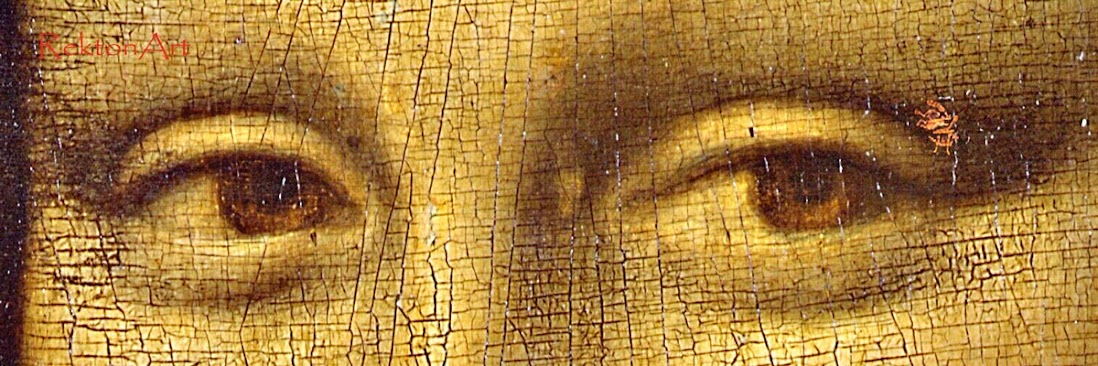Hagia Sophia is a
great architectural beauty and an important monument both for Byzantine
and for Ottoman Empires. Once a church, later a mosque, and now a
museum at the Turkish Republic, Hagia Sophia has always been the
precious of its time.
The mystical city Istanbul hosted many
civilizations since centuries, of which Byzantium and Ottoman Empires
were both the most famous ones. The city today carries the
characteristics of these two different cultures and surely Hagia Sophia
is a perfect synthesis where one can observe both Ottoman and Byzantium
effects under one great dome.
When
the Hagia Sophia was used as a place of worship, both for Christians
and then for Muslims, the focus of the building was the east end,
directly across from the entrance. This is because Christian churches
are traditionally oriented towards the east, and Muslims always pray
facing Mecca,
which is southeast of Istanbul (the "east" end of the Hagia Sophia
actually faces southeast). Thus the bulk of interesting sights are
clustered in this area of the Hagia Sophia's huge interior.
At ground level, most of the sights date from the Islamic period. A beautiful marble structure in the apse is the mihrab,
a niche found in all mosques that indicates the direction of Mecca.
The large freestanding stairway to the right of the mihrab is the minbar, or pulpit from which sermons were given. To the left of the mihrab is the grand sultan's loge, built by the Fossati brothers who restored the Hagia Sophia in the 1800s.
Bir Bizans efsanesine göre, İustinianos ayindeyken elinden kutsal ekmeği düşürür ve eğilip alana kadar, bir arı ekmeği alıp uçurur. Bunun üzerine, bütün arı sahiplerinin kovanlarda bu ekmeği aramalarını talimatı verilir. Birkaç gün sonrasın da bir arıcı, elinde diğer peteklere hiç benzemeyen bir petekle çıkar gelir ve bu petek, Ayasofya'nın planı olur.
Kökeni Bizans olan kendilerince ortaya atılan bir efsaneye göre, savaşı kazanan Türkler Ayasofya’ya geldiğinde patrik dua etmekteymiş ve güneyde Ayasofya kitaplığı önünde bir kapıyı çekip ortadan kaybolmuş. Bu kapı bir daha açılmamış. Ancak kubbenin üzerine yeniden haç konduğunda açılacak ve o anda patrik geri gelip duasını tamamlayacakmış.
Fotoğraf yazara aittir

